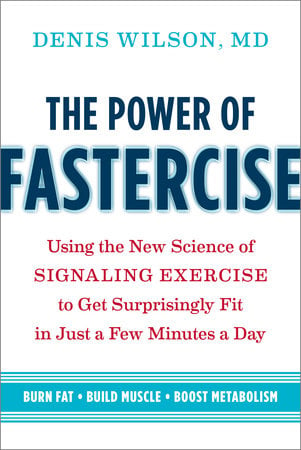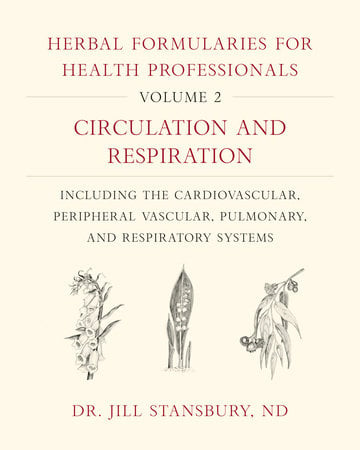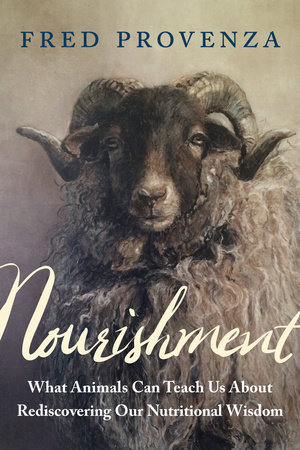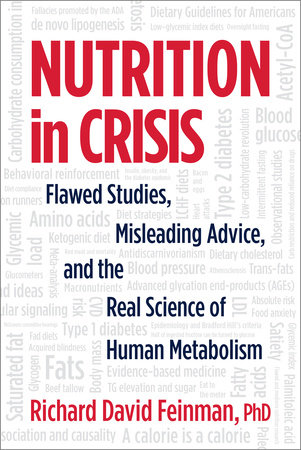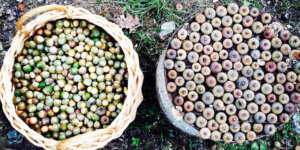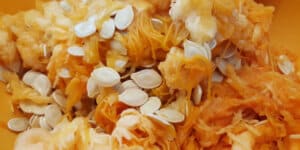The Science of Hunger: Answering Hunger with Fastercise
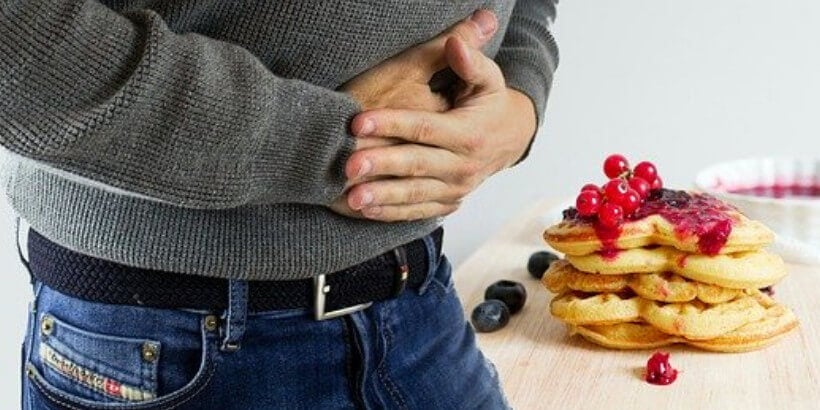
Weight management isn’t the easiest thing to achieve—you have to find the right balance of eating right and exercising for your body. By working with your body’s biological mechanics, you can make your body work for you, not against you.
The following is an excerpt from The Power of Fastercise by Denis Wilson. It has been adapted for the web.
Insulin is the switch that determines whether the body engages in utilizing energy from food or from storage (glycogen, muscle, fat). Low insulin levels are crucial for easy access to fat stores. While most people trying to lose weight dread the onset of hunger, it’s actually an exciting moment. The onset of hunger is the moment our fat stores become available for burning and is the beginning of losing fat, which is what we want! Of course, we can quickly put that stored-fat burning to an end by eating something to make our hunger go away.
Or we can encourage that stored-fat burning by using fastercise to direct our bodies to snack on storage instead. When we cancel our hunger with fastercise, we are doing it by feeding our bodies with the energy from stored fat and glycogen.
The more time we spend burning fat, the more fat we lose. 
That’s incentive to eat smaller meals, so we can get hungrier sooner so we can resume snacking on our storage. Leaner and leaner every hour without going hungry? What’s not to like? Fastercise allows us to avoid discomfort (feeling hungry) in the non-fed state. Then we can enjoy our meals in the fed state, knowing we will not have to bear with hunger pangs the next time we enter the non-fed state. We have the fun of losing fat and the fun of enjoying food, not to mention the strength and vitality we gain from a healthy survival balance.
Even if you don’t fastercise, remaining in the non-fed state signals your body to gradually transition its fuel supply from food to storage over a couple of days. At first, it is waiting to determine as hours pass whether it is in the less-fed state (which raises set point) or the non-fed state (which lowers it). I refer to this period of energy deprivation as the hunger zone, which is when hunger and muscle loss is most intense. As complete caloric deprivation continues, your body determines that you are ignoring all the warning signals of hunger it’s sending. At that point, your body enters ketosis and begins relying mostly on stored fat for fuel. Your hunger and muscle loss decrease significantly, though some muscle loss still occurs.
This complete dependence on storage instead of food can shift your survival balance away from a dependence on food and lower your set point. Not only does traversing the hunger zone without fastercise take time, but it also requires dedication and discipline because it can be unpleasant. Fastercising periodically when you are in the hunger zone can eliminate a lot of the discomfort and difficulties associated with fasting.
Unintentionally fighting against the body’s priority to store and conserve as much energy as possible can lead to confounding results. You eat less and the body conserves; you exercise more and the body conserves. It’s as though there’s no way out. What on earth can you do to persuade the body to work with you?
You tell your body, “I want to lose fat.”
Your body responds, “Give me one good reason I should spend energy rather than store it.”
You can respond, “To obtain food and to escape a dangerous situation.”
And the body replies, “Sure thing, that’s what the energy is there for.”
Wow, what a difference! The need to obtain food and escape are perhaps the only reasons the body will freely spend energy. After all, it’s all about survival. It can make a big difference when you focus your eating and exercise strategies to shift your survival balance away from storage mode and toward forage mode.
 Spending time in the less-fed state promotes the building of fat stores and the loss of fat stores at the same time. This sounds impossible, but it’s not, and understanding this key concept can help alleviate a huge amount of confusion and frustration people experience when trying to manage their weight. Being in the less-fed state, especially if you’re not fastercising before you eat, tends to move your survival balance toward storage mode and increase your set point because you are training your body to rely on only the scarce food on hand. It increases the body’s tendency to gain fat, or in other words, its desire to gain fat.
Spending time in the less-fed state promotes the building of fat stores and the loss of fat stores at the same time. This sounds impossible, but it’s not, and understanding this key concept can help alleviate a huge amount of confusion and frustration people experience when trying to manage their weight. Being in the less-fed state, especially if you’re not fastercising before you eat, tends to move your survival balance toward storage mode and increase your set point because you are training your body to rely on only the scarce food on hand. It increases the body’s tendency to gain fat, or in other words, its desire to gain fat.
At the same time, spending time in the less-fed state can result in some fat loss in the short run. When we lose fat but simultaneously increase our body’s desire to conserve and build fat stores, we tend to gain all the fat back over time and then some, as did the subjects in the Minnesota Starvation Experiment.
When deciding how to manage your weight, you could focus solely on what you eat and how you balance your time between the fed and non-fed states. Or you could focus solely on the signals you are sending with your physical activities whether to store or forage. Either could lead to some unexpected and disappointing results, however, because you might end up sending your body mixed messages. For example, fastercising while in the fed state may not direct your body to burn much stored fat, because the meal you just ate has increased your insulin level, signaling your body to store fat. However, by canceling hunger with fastercise you can send your body a powerful combined signal to shift your survival balance toward forage mode and leanness.
Answering hunger with fastercise puts us back in sync with the built-in priorities that our bodies have inherited from our foraging forebears. Right now, many of us have a sedentary lifestyle and follow this pattern: eat, get hungry, eat, get hungry, eat, get hungry. This pattern favors only storage mode. Here’s the pattern that favors a healthy survival balance: eat, get hungry, forage, eat, get hungry, forage, eat, get hungry, forage. This pattern sends our bodies the message that we must preserve and build muscle, because we need our muscles in order to obtain food. This pattern gives our bodies a reason to move the survival balance more toward forage and away from storage, more toward muscle and away from fat.
Recommended Reads
Recent Articles
You’ve Been Missing Out! Bone Broth is the ultimate superfood, packed with nutrients and goodness. Consider adding this nutrient-rich, immune system boosting bone broth into your daily diet.
Read MoreThese small fruits are a delicious source of nutrients that you can find almost anywhere. Get started on acorn harvesting with help from these simple tips!
Read MoreWondering what to do with pumpkin seeds? Instead of roasting them, try these alternative ways to prepare & use seeds! Plus a must-try pumpkin granola recipe.
Read MoreTired of trying different traditional medicines to relieve inflammation and joint pain? We have the perfect solution: honey bee venom.
Read MoreBefore yanking out the next patch of lambsquarter you find in your yard or garden, consider trying one of the many edible and medicinal uses of this “super weed.”
Read More
